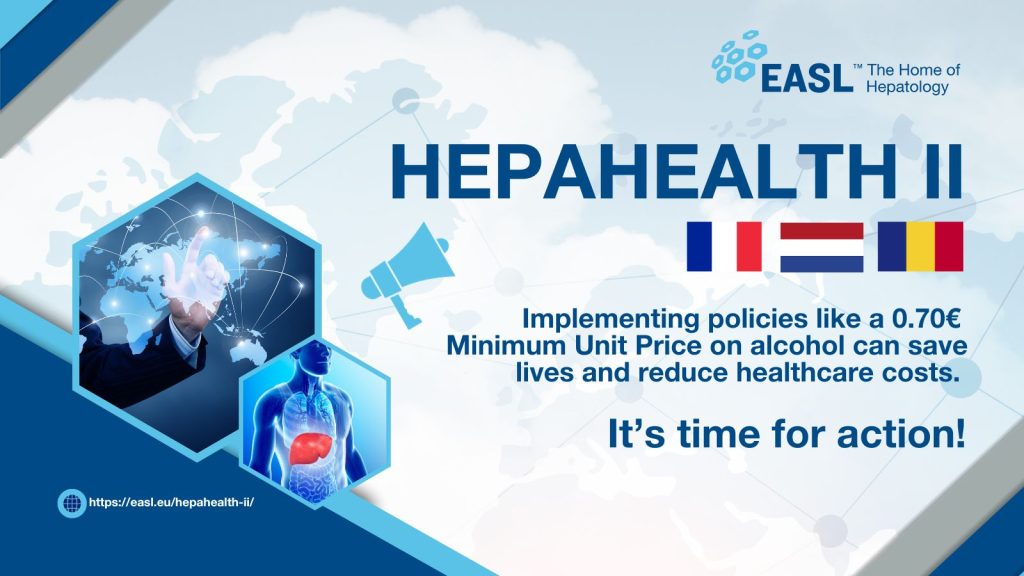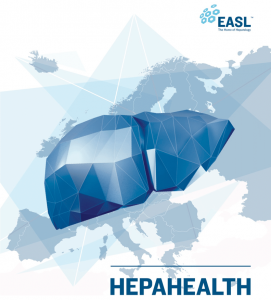
Preventing liver disease with policy measures to tackle alcohol consumption and obesity – A microsimulation study

A validated and peer-reviewed microsimulation model was employed using data from online databases and published literature. Static and dynamic trends in alcohol consumption and body mass index (BMI) respectively were projected from 2022 to 2030. We modeled the incidence of CLD and liver cancer under three policy scenarios versus an inaction scenario. The policies were 1€ minimum unit pricing (MUP) on alcohol; a combination of 0.7€ MUP and a sugar sweetened beverage (SSB) tax; and a combination of 0.7€ MUP, SSB tax, and a volumetric tax on alcohol.
All policies had an important impact ranging from a 2% to 7% reduction in annual incidence of chronic liver disease and liver cancer by 2030. The 1€ MUP policy had the largest predicted impact: In the three countries combined, that policy would result in 11,550 fewer cases of CLD and 7,921 fewer cases of liver cancer by 2030. Policy interventions combining a €0.7 MUP, an SSB tax, and a volumetric tax on alcohol would prevent nearly as many cases: 7,317 cases of CLD and 5,390 cases of liver cancer by 2030 compared with the inaction scenario.
In conclusion, we can reduce the number of Europeans who develop chronic liver disease or liver cancer by up to 7% before 2030 if we introduce a €1 MUP on alcohol, or we introduce complementary public health policies targeting alcohol consumption and obesity.


HEPAHEALTH Project Report
Liver disease is a collection of conditions affecting the liver with increasing prevalence worldwide, and particularly in Europe. The recent analysis showed that there is variation across countries in prevalence of liver disease. This is largely the consequence of excess alcohol consumption, obesity, and viral hepatitis. Public health and population-level interventions can be effective in modifying behaviours, including reducing harmful alcohol consumption, controlling obesity levels and preventing Hepatic B and C levels. This in turn may lead to a reduction in the burden of liver disease.
EASL’s mission is supported by an unrestricted education grant from Bristol-Myers Squibb and Gilead. Bristol-Myers Squibb and Gilead have had no input into EASL content.
HEPAHEALTH II: Preventing liver disease with policy measures to tackle obesity and alcohol consumption
Europe has the largest burden of diagnosed liver disease globally with almost 30 million people in the European Union alone estimated to be living with a chronic liver condition. Modifiable risk factors such as obesity and alcohol consumption play a major role in the development of liver diseases. Understanding how these risk factors are expected to change into the future is important for estimating the future burden of liver diseases, and the impact of different mitigation policies to reduce the burden.
This study has been supported by an unrestricted education grant from Bristol-Myers Squibb and Gilead. Bristol-Myers Squibb and Gilead have had no input into EASL content.
